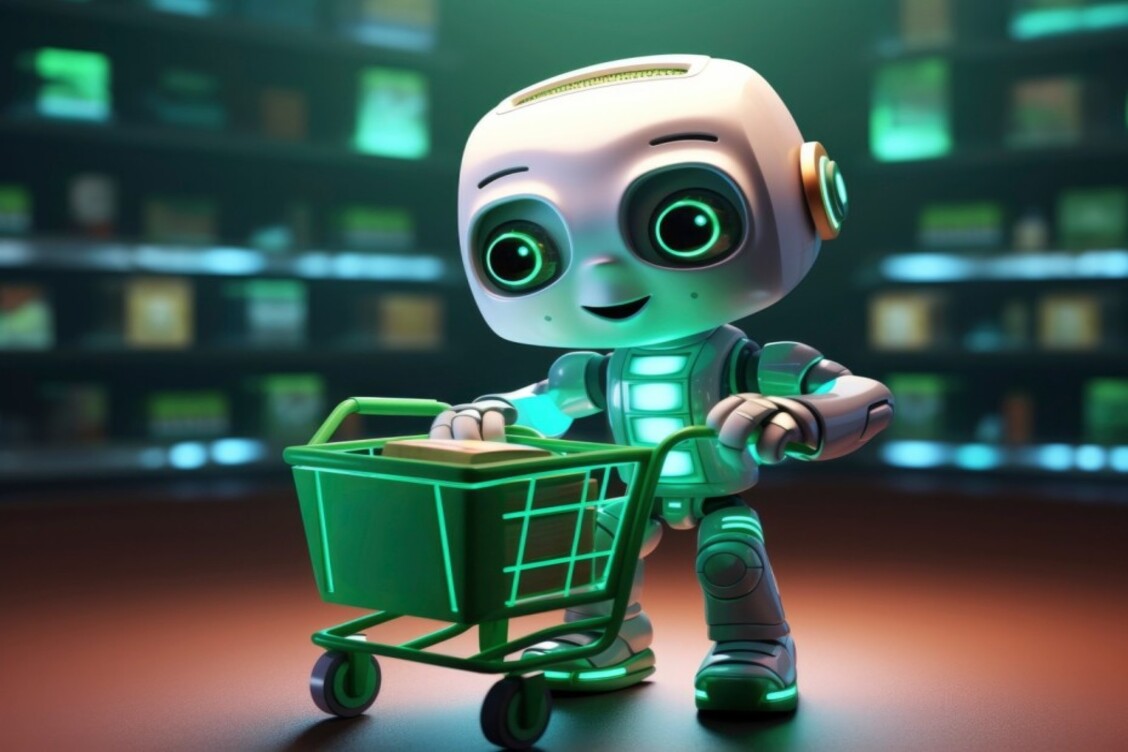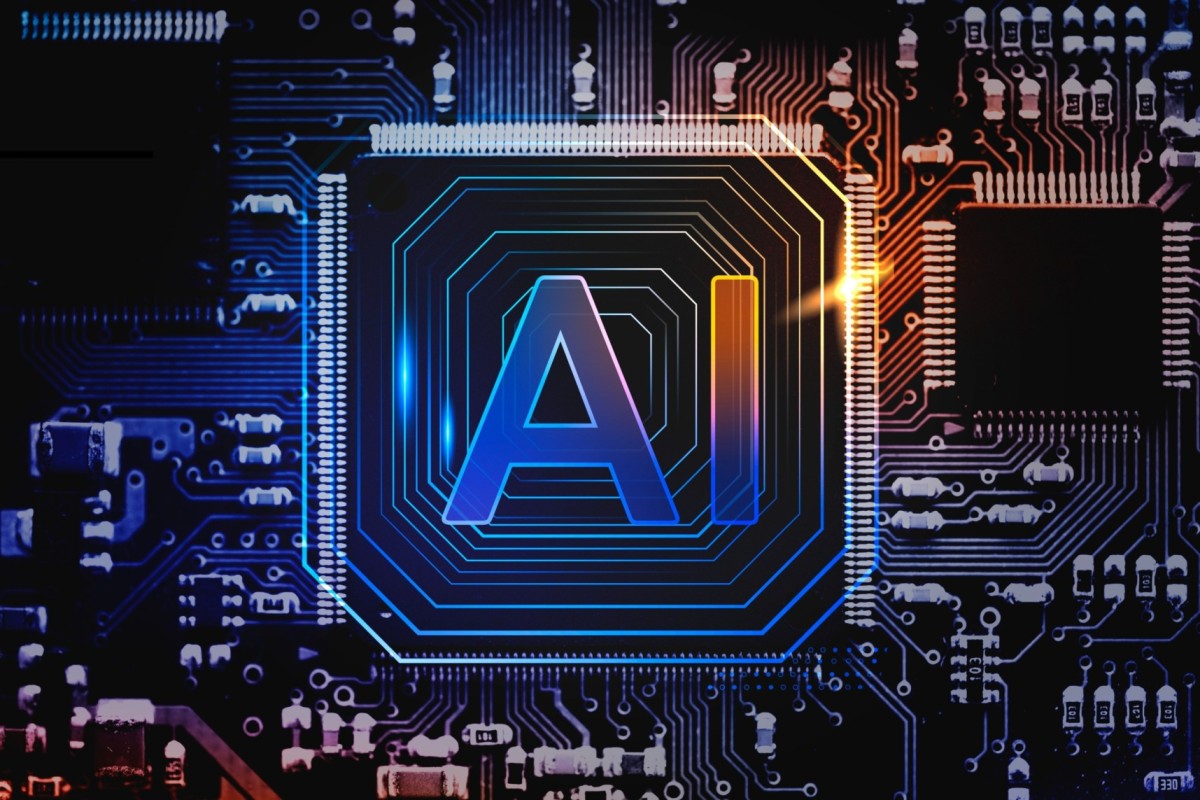
In the fast-evolving world of e-commerce, businesses are continually looking for ways to enhance customer experiences, improve operational efficiency, and increase sales. Two technologies that have taken the spotlight in recent years are Artificial Intelligence (AI) and chatbots. These innovations are not just buzzwords—they are fundamentally changing how e-commerce websites interact with customers, making shopping smarter, faster, and more personalized.
Let’s dive into how AI and chatbots are shaping the future of e-commerce websites and why businesses should consider integrating these technologies to stay competitive.
What Are AI and Chatbots in E-commerce?
Before we explore how these technologies are impacting e-commerce, let’s define them:
-
Artificial Intelligence (AI) in e-commerce refers to the use of machine learning algorithms, predictive analytics, and data processing to automate tasks, personalize experiences, and streamline operations. AI can analyze vast amounts of data in real time to help e-commerce websites make smarter decisions and offer personalized shopping experiences.
-
Chatbots are AI-powered tools that simulate human-like conversations with customers. These chatbots can be integrated into e-commerce websites to assist customers with tasks such as finding products, answering frequently asked questions, and completing transactions.

1. AI Enhancing Personalization
One of the most powerful ways AI is transforming e-commerce is through personalized shopping experiences. Personalization has become a key factor in consumer decision-making. With AI, e-commerce websites can provide highly tailored experiences that make customers feel like the website "knows" them.
How AI Does It:
-
Product Recommendations: AI algorithms analyze a customer's browsing history, past purchases, and preferences to suggest products they are most likely to buy. This increases the chances of a sale and improves customer satisfaction.
-
Personalized Discounts and Offers: AI can also identify when a customer is about to abandon their cart and offer targeted discounts or deals in real time. By learning customer behavior, AI helps create an experience that feels personalized and relevant.
Example: Amazon’s recommendation engine is a prime example of how AI can drive sales by suggesting products based on previous searches and purchases.
2. Improved Customer Service with Chatbots
Customer support is critical in e-commerce, but it can be resource-intensive. Chatbots powered by AI are helping businesses provide 24/7 support without the need for constant human intervention.
How Chatbots Improve Customer Service:
-
Instant Responses: Chatbots can respond instantly to customer inquiries, whether they are about order status, shipping details, or product availability. This reduces wait times and keeps customers engaged.
-
Handling FAQs: Many customer queries are repetitive. Chatbots can easily handle frequently asked questions (FAQs), freeing up customer service representatives for more complex issues.
-
Order Assistance: Chatbots can help customers complete purchases by guiding them through the checkout process or assisting with any issues that may arise, such as payment problems or stock issues.
Example: A customer visits an e-commerce store looking for a specific product. They ask the chatbot for recommendations, and the chatbot responds with a list of relevant items, helping the customer make a decision faster.

3. AI-Powered Search and Navigation
In traditional e-commerce websites, users often struggle to find what they’re looking for, leading to abandoned carts and lost sales. With AI-enhanced search features, websites can offer smarter, more intuitive search experiences.
How AI Enhances Search:
-
Natural Language Processing (NLP): AI can understand natural language queries, so customers don’t have to use specific keywords. For instance, instead of typing “blue running shoes,” a customer can simply ask, “Show me some comfortable shoes for running.”
-
Visual Search: AI allows customers to upload images of products they like, and the website will find similar items from its inventory. This feature is becoming especially popular in fashion and home décor e-commerce.
Example: Pinterest has integrated visual search, allowing users to find similar products based on images. Many fashion retailers have also adopted this AI-powered feature to enhance the shopping experience.
4. AI for Inventory Management and Demand Forecasting
AI is revolutionizing e-commerce beyond customer-facing features. One of the areas where AI truly shines is in inventory management. Efficiently managing stock levels is crucial to ensuring that products are available when customers want them.
How AI Helps:
-
Demand Forecasting: AI uses historical data to predict future demand trends. This allows e-commerce businesses to adjust their stock levels accordingly, minimizing both stockouts and overstocking.
-
Automated Replenishment: AI can also automate the process of replenishing products based on demand forecasts, ensuring that popular items are always in stock and available for customers.
Example: Major e-commerce platforms like Walmart use AI to optimize inventory and manage supply chains efficiently, reducing operational costs and improving product availability.

5. AI-Driven Pricing Strategies
Dynamic pricing, where prices fluctuate based on demand, competition, and other factors, is another area where AI is making an impact in e-commerce. AI can analyze a variety of data points in real time to adjust prices dynamically.
How AI Powers Pricing:
-
Competitive Pricing: AI can monitor competitor prices and adjust the e-commerce website's prices in real time to stay competitive.
-
Price Optimization: AI can also optimize pricing strategies based on factors like customer location, purchasing history, and market conditions, ensuring that businesses maximize revenue while offering competitive rates.
Example: Airlines and hotel booking sites often use AI for dynamic pricing, adjusting prices based on demand fluctuations, holidays, and even weather patterns.
6. Better Fraud Detection and Prevention
Fraud prevention is a significant concern for e-commerce businesses. AI helps detect and prevent fraudulent activities by analyzing customer behavior patterns and transaction data.
How AI Helps in Fraud Prevention:
-
Real-Time Fraud Detection: AI can quickly analyze transactions and detect unusual patterns, such as multiple purchases from the same IP address in a short period or transactions from high-risk locations.
-
Machine Learning: As AI systems learn from past fraud attempts, they become more adept at spotting new types of fraudulent activities, providing an additional layer of security.
Example: Payment gateways and e-commerce platforms like PayPal use AI to analyze user behavior and flag potentially fraudulent activities, keeping both businesses and customers safe.

7. The Future of E-commerce: AI and Chatbots in 2025
As AI and chatbots continue to evolve, the future of e-commerce looks even more exciting. We can expect even smarter AI algorithms that can anticipate customer needs before they arise. Additionally, more advanced chatbots will be able to handle complex customer service tasks and offer even more personalized assistance.
-
Voice Shopping: With the rise of voice assistants like Amazon’s Alexa and Google Assistant, voice-powered shopping is becoming a reality. AI will play a key role in making voice commerce seamless and efficient.
-
Augmented Reality (AR) Integration: As AR technology advances, e-commerce websites will integrate AI and AR to let customers try products virtually before making a purchase, enhancing the online shopping experience.
Conclusion
AI and chatbots are no longer just futuristic concepts—they are already reshaping the way e-commerce businesses operate and how customers shop. From enhancing personalization and improving customer service to optimizing inventory and preventing fraud, these technologies are providing valuable solutions to common challenges faced by e-commerce companies.
For businesses looking to stay competitive in the ever-changing e-commerce landscape, adopting AI and chatbots is no longer optional—it’s essential. By harnessing these technologies, businesses can not only improve their operational efficiency but also deliver more engaging, personalized, and secure shopping experiences that meet the needs and expectations of today’s consumers.
In the end, AI and chatbots are not just shaping the future of e-commerce—they are building it, one smart interaction at a time.














